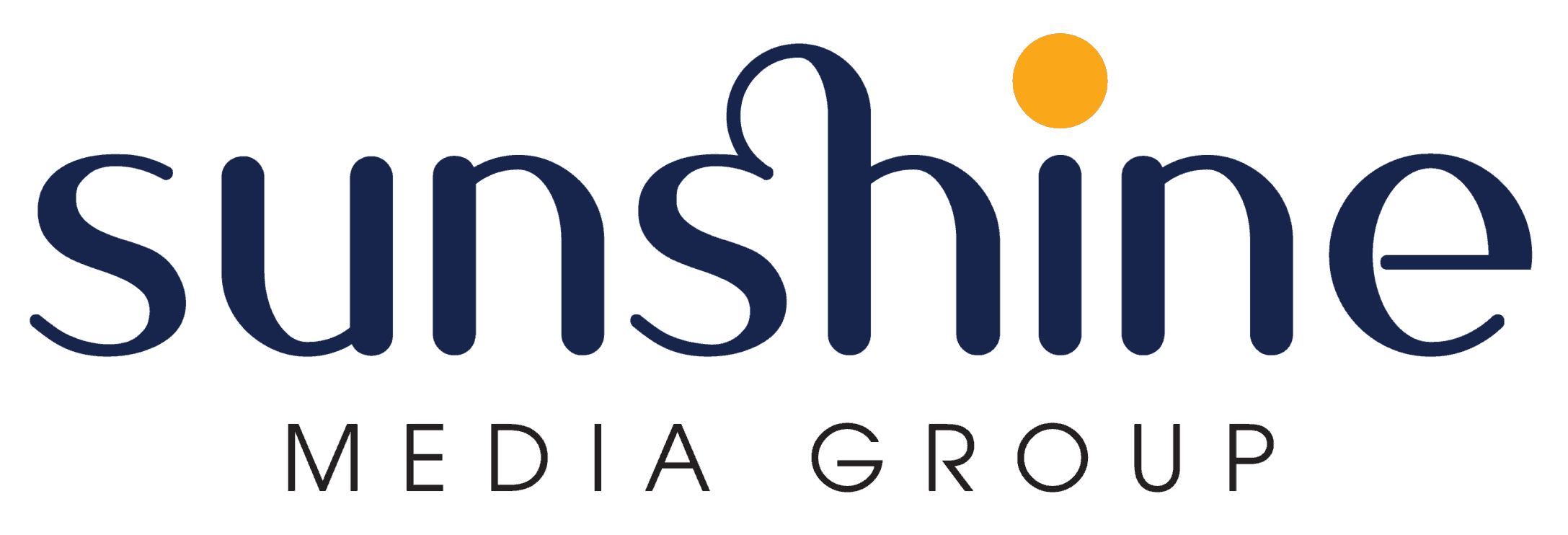If your blog’s name is used by other websites, though, or the name is a common phrase, your blog might not show up on the first page – even though it’s being indexed. Your first step is to simply type your blog’s name into Google. If it’s live on Google, in most cases, it should come up near the top of the results. We touched on this above, when looking at on-page SEO, but I wanted to reiterate how important it is to give each blog post a clear and descriptive title.
Work Your Target Keyword and Keyword Variations Throughout the Content
Now it’s time to optimize each piece page on your site around a single keyword. If you’re first starting out, this keyword should be a long tail keyword. While these tools themselves do not directly improve SEO, they provide valuable data and insights that can guide SEO strategies. By understanding current rankings and identifying areas for improvement, users can make informed decisions to enhance their website’s SEO. Ensure your business is listed in local directories and that your citations are consistent across the web. Monitor your backlink profile to identify opportunities for improvement and keep your site’s performance on the rise.
Second, aim to create long-form content that comprehensively covers your target topic. On-Page SEO is one of the FASTEST ways to improve your Google rankings. Google uses algorithmic processes that consider many different factors to evaluate the quality, relevancy, and utility of an answer to a search query. In this post, I’ll show you EXACTLY how to get higher rankings in Google.
Keep in mind that with Google Ads, you pay per click, meaning that any time someone clicks on your ad, you incur a cost. (Read up on how much it costs to advertise on Google.) Also, note that many people skip over online search ads to get top organic results. With content marketing, you can create content that ranks high in organic results and produces leads repeatedly. For maximum impact, use a combination of paid and organic strategies.
Make sure your site is easy to navigate, with a clear structure. Optimize loading speeds to reduce bounce rates and keep users on your page longer. A well-structured site can improve time on page and increase conversion rates.
- Second, utilize SEO tools like Google Analytics, Google Search Console, and other trustworthy SEO tools to access detailed data about your website’s performance.
- From there, you can filter for keywords ranking in positions (which roughly corresponds to the second page of Google).
- By embracing these ten steps, you can navigate the complexities of SEO and achieve greater visibility for your website.
- Because of this, pages with higher domain authority and page authority can give a much bigger boost to SEO when they link to another website.
- Craft your content to fulfill the user’s needs based on intent.
Looking to scale your business?
Quality content also builds credibility and trust as well as increases the likelihood of earning backlinks and social shares to rank your blog on Google. The better you know your rankings, the more you can focus on what works and what needs to be improved. Understanding rankings can be easier if you use an SEO glossary to learn all the key terms and concepts of the ranking tools. Then, check all the keywords the page is ranking for and their position.
Internal linking refers to adding hyperlinks within your website’s content that direct users to other relevant pages on your site. Implementing schema markup and utilizing internal links are two effective strategies to improve your website’s ranking on Google. Building citations from reputable local directories helps establish trustworthiness with search engines. Ensure consistency in your NAP information across all directories. One of the first steps to take is claiming and optimizing your Google My Business (GMB) listing on your site’s page. This allows you to provide accurate information about your local business on your site and helps Google understand more about your company page.
But Google may personalize results based on your location, search history, and more. For instance, “toy dog” and “dog toy” sound similar, but Google shows different results because users have different goals. Search intent is the purpose behind a query, or the why behind a user’s search. Click your target keyword (or a keyword you want to explore in more detail) to open Semrush’s Keyword Overview tool.
These articles also include product descriptions, prices, and links and cover various subtopics, such as the best toys SEO Anomaly for small dogs. This tab shows you which competitors outrank you and their search positions. From there, you can filter for keywords ranking in positions (which roughly corresponds to the second page of Google). Scroll down to the “Queries” table to see a list of keywords your website ranks for. Their Rank Tracker tool requires a login and a subscription, but it is well-known for strong backlink analysis and competitive research features. It comes with a suite of SEO tools from site audits to keyword research.






